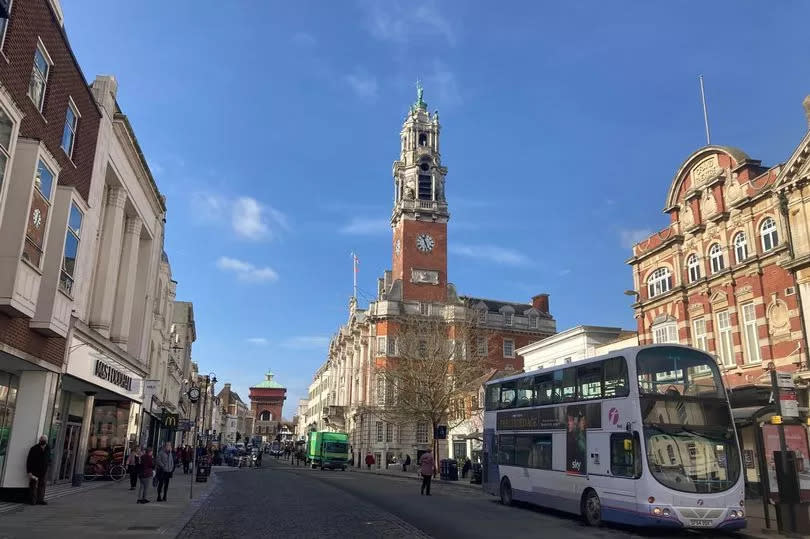The now-bustling Essex town that was nearly completely wiped out

An Essex town which in modern day is so bustling with a huge population nearly got completely wiped out from a notorious disease. After the Black Death in the medieval era, the most notorious plague to hit this country was the Great Plague of 1665-1666.
This is most famous for taking 15-25% of London's population - but what is less well known is that Colchester had proportionately more deaths, and was the worst-hit town in the country. The plague had spread from London into Essex and it ravaged the county. In Colchester, half of its population died.
This was probably the most destructive attack of plague in any town in England. It meant that Colchester's population seriously dwindled during the disease.
READ MORE: The highly-rated Essex pub with massive beer garden and 'delicious' menu
The population of Colchester had gone from 10,305 in 1662 to 4,114 in 1666. 4,559 actual plague deaths are recorded, and it's likely that many of the other missing people had not returned from the countryside. 279 houses were empty in March 1666 when local taxes were calculated.
Such was the misery and commercial collapse in Essex that agriculture failed, and famine set in. Legislation was passed to prevent the hoarding of grain, and was strictly enforced by the constables of the parishes.
Similarly, In the summer of 1665, a third of the population of Braintree died of the plague. Nearly one thousand died and the town was quarantined from the rest of Essex. Local people had to rely on the generosity of others in providing food which was left in a field outside Rayne.
Most of the survivors refused to leave their houses, where they felt safe from infection. Long grass and weeds grew in the streets. It was not until the end of summer that the town began to recover.
Strangely, Chelmsford and Saffron Walden were more or less spared, which takes some explanation as many of the people of Braintree had fled to Chelmsford when the plague had struck their own town.
Historians have always assumed that the plague had come from the London Docks, spread throughout London and then to Essex, and it is true that the towns of Essex near London were badly affected, but Colchester's plague seemed to come early on, and Essex was worse affected than any other county. It is possible that it was Colchester's port, the Hythe, that was responsible for hosting the arrival of this virulent strain of the Plague.
This was Bubonic Plague, and the symptoms included fever, sweating, headaches, vomiting and 'buboes' – swollen lymph nodes, hence the name. Some got a pneumonic form of the disease which was even deadlier. It is a bacterial disease, and pre-antibiotics the fatality rate was over 60%.
The science of medicine was in its infancy, but Walden's Saffron trade was given a boost at the time by the idea that Saffron was an effective remedy. Curiously, Saffron Waldon escaped the plague though the reputation of Saffron may have been a consequence of their luck.
Get more news from EssexLive straight to your inbox for FREE

 Yahoo News
Yahoo News 
